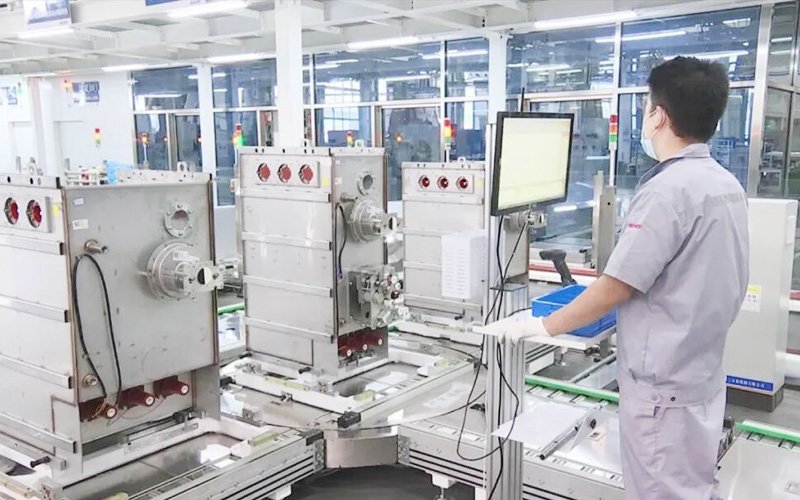Ring Main Unit (RMU) components assembly line and testing

The components and assembly process of a Ring Main Unit (RMU) are critical for ensuring its performance and safety in electrical distribution systems. The RMU components and the overall assembly process:
RMU Components
- Circuit Breaker: Controls and protects the electrical circuit, capable of interrupting the current in case of a fault.
- Load Break Switch: Allows for the safe opening and closing of the circuit while under load.
- Ground Switch: Provides a safe grounding during maintenance or in the event of an electrical fault.
- Isolating Switch: Disconnects the circuit under no-load conditions for safe maintenance.
- Cable Joints: Connect incoming and outgoing cables to the RMU, ensuring continuous power transmission.
- Busbar System: Distributes power to various breakers and switches within the RMU, serving as the primary power transmission path.
- Protection and Monitoring Devices: Include fuses, surge arresters, relays, etc., and protect the RMU from damage due to overload and short circuits.
- Operating Mechanism: Used for manual or remote control of the RMU’s switches.
- Enclosure: Protects internal components from environmental factors such as dust, moisture, temperature variations, etc.
Overall Assembly Process
- Preparation: Ensure all components are present and check for any damaged or missing parts.
- Assemble the Frame: Assemble the RMU’s frame structure according to the design drawings, ensuring all connection points are secure.
- Install Busbar System: Install the busbar system in place and ensure all connections meet electrical specifications.
- Install Breakers and Switches: Mount the circuit breakers and load switches in designated positions according to the wiring diagram, ensuring smooth operation.
- Connect Cables and Joints: Connect the incoming and outgoing cables to the corresponding joints and equipment, ensuring the connections are correct.
- Install Protection and Monitoring Devices: Install the necessary protection and monitoring devices according to the protection scheme and conduct preliminary functionality tests.
- Commissioning and Testing: After all assembly is complete, conduct detailed commissioning and testing to ensure all functions of the RMU are operating correctly.
- Final Inspection: Conduct a comprehensive inspection to ensure all components are correctly installed and all safety measures are in place.
- Pre-shipment Testing: Perform a series of performance tests before the RMU leaves the factory, including insulation tests, voltage withstand tests, etc., to ensure product quality.
- Documentation and Labeling: Complete all necessary documentation work, including operation manuals, test reports, and safety labels.
